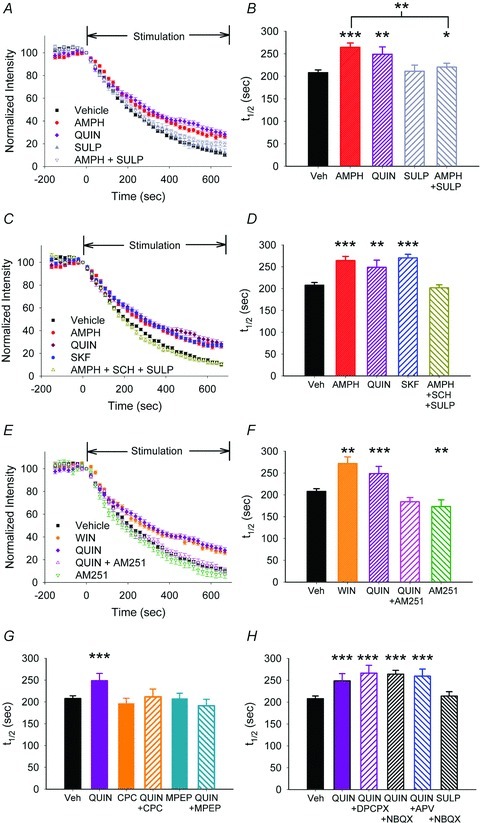Figure 3. D2Rs produce corticoaccumbal inhibition through endocannabinoids.

A, FM1-43 destaining curves revealed that both amphetamine and quinpirole (n = 80) reduced corticoaccumbal release. Sulpiride (SULP) alone did not alter destaining and only partially blocked inhibition by amphetamine (AMPH + SULP). B, distribution of the mean t1/2 of release for the destaining curves shown in panel A. For all panels, *P < 0.05, **P < 0.01, ***P < 0.001, Mann–Whitney U test. C, compared to vehicle, amphetamine, quinpirole and SKF38393 reduced corticoaccumbal destaining. Only the combination of D1 and D2 receptor antagonists, SCH23390 and sulpiride, respectively, prevented inhibition by amphetamine (AMPH + SCH + SULP). D, distribution of the mean t1/2 of release for destaining curves shown in panel C. E, the CB1R agonist, WIN55–2,2 (WIN) decreased exocytosis to a similar extent as quinpirole, while AM251 blocked inhibition by quinpirole (QUIN + AM251). AM251 alone boosted FM1-43 destaining. F, distribution of the mean t1/2 of release for the experiments shown in panel E. G, the mGluR1 antagonist CPCCOEt (CPC) did not modify FM1-43 destaining but blocked inhibition by quinpirole (CPC + QUIN). Similarly, the mGluR5 antagonist MPEP did not modify FM1-43 destaining and blocked inhibition by quinpirole (MPEP + QUIN). H, the A1 adenosine, NMDA and AMPA receptor antagonists DPCPX, NBQX and APV, respectively, did not block inhibition by quinpirole. Sulpiride with NBQX (SULP + NBQX) did not change FM1-43 destaining.
